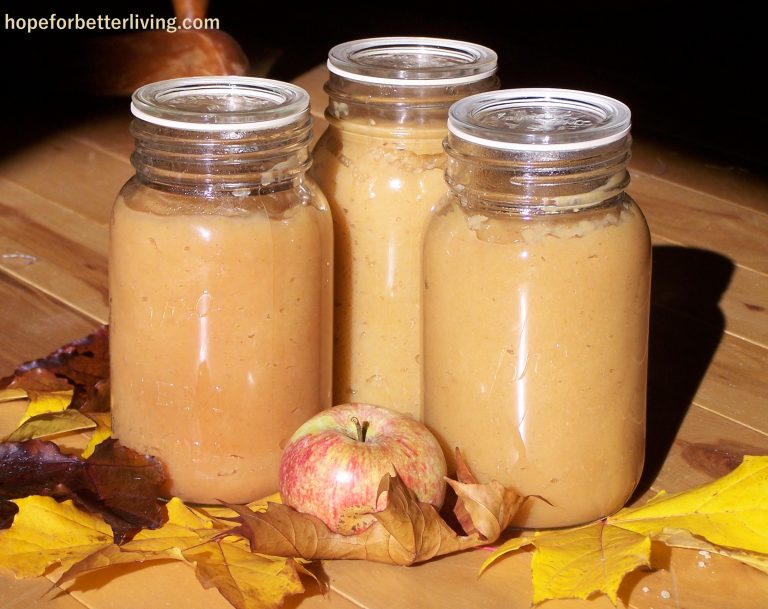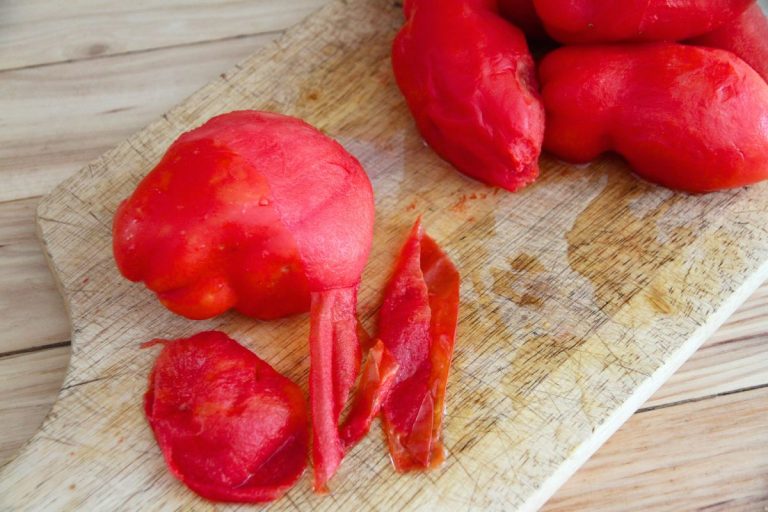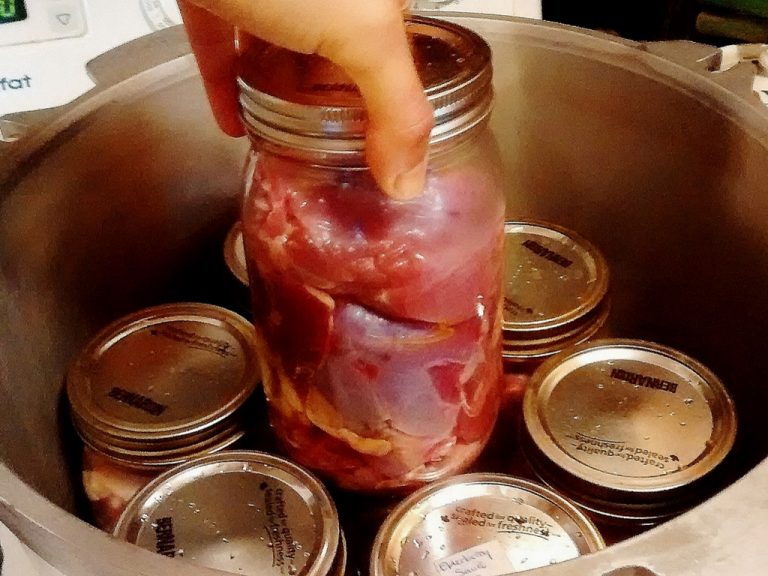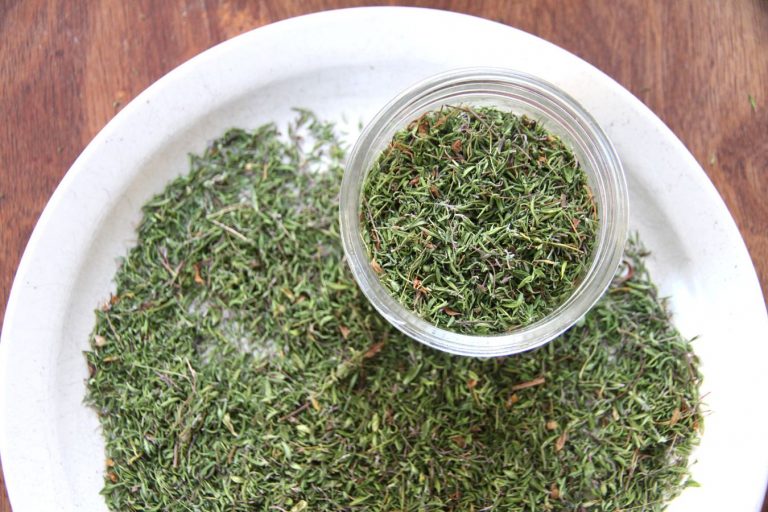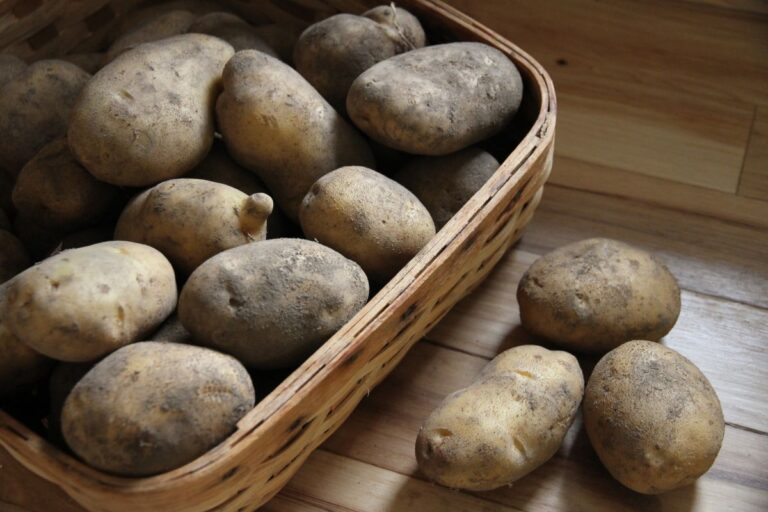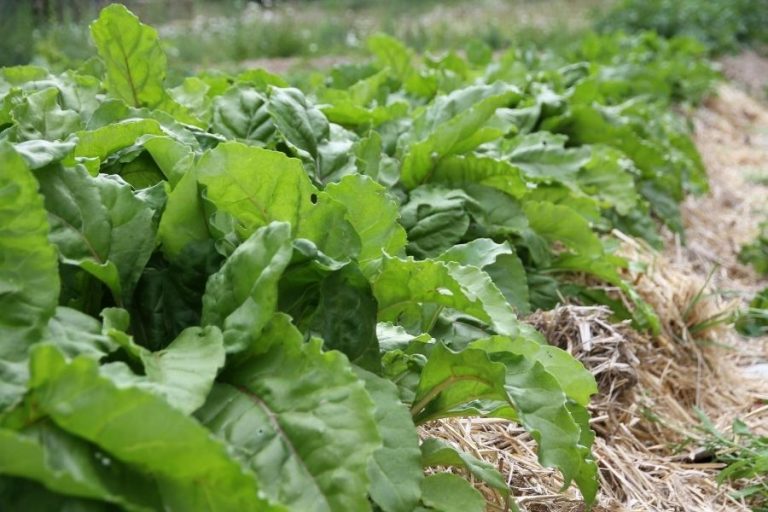How to Store Whole Carrots Over the Winter Months
Discover some of the best ways to store fresh carrots over the winter months, without a root cellar!

If you're a gardener who likes the idea of eating your own carrots all winter long, you need to learn how to store whole carrots at home! It's actually very easy to do, and it saves you from firing up the pressure canner, dehydrator or going through the blanching-and-freezing-process.
Plus, who doesn't love the crunch of a raw carrot, or the fresh, sweet flavor raw carrots bring to homemade soups and meat pies, carrot cake and carrot raisin muffins?
Whole carrots overwinter beautifully, if you can create the right environment for them.
There's just 3 things they need!
- Cold temperatures
- High humidity
- Darkness
If you can create a space that has these three things, carrots will last for months after winter arrives.
Best Carrots to Grow for Long-Term Storage
When it comes to carrots, most traditional varieties keep well in winter storage. The exception would be baby carrots or miniature carrot varieties.
If you really want to maximize storage life, check with your favorite seed company for carrot types that are specifically labeled as winter keepers or storage varieties.

Ways to Store Carrots Over Winter
You don't need ideal storage conditions (aka a root cellar) to overwinter carrots. Here are some great ways to keep fresh carrots on hand all winter long!
In Your Garden Beds
If you have mild winters that range from 25F to 40F (negative 4C to 4C), you can leave your carrots in their original garden bed!
Want to save on time? You can cut the carrot greens back within an inch of root. But if you don't want to bother removing the green tops, you can leave them too.
Here's how to prepare a carrot bed for winter.
- Cover your entire carrot bed/s with 4-6 inches of dry leaves or straw.
- Use a tarp to cover the garden bed and make it rainproof.
- Weigh down the edges and sides of the tarp, so wind can't blow it away.
- Remove the tarp and dig fresh carrots whenever you need them.
- Always recover your carrot bed and make sure the tarp is secure!
Helpful tip: with this method, I highly recommend digging a batch of carrots, so you aren't out in the garden every time you need raw carrots! You can dig several pounds at a time, wash them up and store in a plastic bag or in the crisper drawer of your fridge.
There is a down side to this method!
Carrots only last until early spring warmth arrives, and carrot tops start growing again. Because it's the carrot's second year, roots will put up a flowering stem that ruins the carrot root itself. The center of each carrot will turn so tough and woody, it becomes inedible.
To save your carrots, you'll want to harvest, clean and transfer them to bags before storing them in your refrigerator.
In a Root Clamp
A root clamp is something most gardeners can easily create in climates where temperatures sit below freezing, but aren't excessively cold.
Instead of leaving your carrots in the garden bed, you can harvest and bury them under a pile of dirt. The earth will insulate your carrots and you can dig them out as needed. Here's how it works.

- Harvest your carrots and cut off the green tops about an inch above the orange root itself.
- Dig a shallow hole (1-2 ft deep) and stack your carrots in the hole.
- Cover the roots with a heaping layer of soil that is at least 12 inches thick.
- If you have quite cold winters, you can insulate the clamp with 6-12 inches of fresh straw or dry leaves.
- Winter winds or rains are a problem? Tarp the root clamp to keep things dry and to prevent mulch from blowing away.
- Dig out carrots whenever you need a fresh supply!
Your carrots should last longer in a root clamp than they do in a garden bed, because the entire root is buried in darkness.
A Sunk Storage Area
If you don't want to mess with digging up carrots in the middle of winter, you can create a mini storage area by sinking an old fridge, freezer or giant culvert in the earth. I've never tried this personally, but some folks claim it works wonderfully.
You need to punch a venting system for the unit, and find a way to insulate the door. But you should be able to stack unwashed root vegetables, carrots and potatoes in bins and store them in your mini, homemade root cellar.
In Cold Room Storage
This is probably my favorite storage method for carrots! I live in a northern climate, so our cold winter air can act as a natural refrigeration throughout the winter months.
When we built our little cottage, we put a cold room and pantry off the north side of our home. It isn't heated, and we can control the temperature of the room through a little window in the back of the space.
This space keeps carrots, beets, parsnips and potatoes beautifully until late spring!
Outside of having an actual root cellar, I think this is the best way to go when storing carrots.
If you don't currently have a cold room, you can create a small, insulated 8x10 lean-to on the back of your home, in a garage, barn, shed or pump house. The key is cold weather.
Whether you're storing carrots in a cold room or an actual root cellar, the process is all the same.
- Harvest carrots before the ground freezes in late fall.
- Remove the green tops, cutting them within an inch of the carrot root itself.
- Spread a 1-2 inch layer of damp earth, sand or peat moss in the bottom of a plastic tote or bin.
- Put down a single layer of carrots, and top with a 1-2 inch layer of moist sand, peat moss or dirt.
- Continue layering soil and carrots, until your tote or bin is about 2/3 full.
- Top with thick layer of soil.
- Stack your bins in your cold room space.
- Whenever you need carrots, you can dig under the earth and remove crisp, fresh carrots roots.

A cold room is a great way to store a lot of carrots all at once!
Questions Folks Ask
Can I put carrots from the grocery store into cold storage?
It's best to keep grocery store carrots in the refrigerator! Changes are, they're quite old and you only want to put fresh carrots into cold storage.
That said, if your cold room stays at refrigerator temperature, you can store bags of carrots on the floor in your cold room.
I didn't grow carrots for storage; can I get some at my local farmer's market?
As long you have fresh, unpeeled carrots with the green tops (or about an inch of stem), they can be put into cold storage. Ideally, they would be unwashed as well. Washed carrots don't always last as long in cold storage.
Is it ok to just store carrots in my refrigerator?
Yes, you certainly can store carrots in the crisper drawer of your fridge, or in plastic bags. They probably won't last as long as carrots stored in damp earth, but you'll still get several months of storage life. Here's how it works.
- Harvest your carrots after their first frost.
- Cut off leafy greens at the orange root, being careful you don't actually cut carrots themselves.
- Bring your carrot harvest indoors and wash the orange roots.
- Put a damp paper towel in the bottom of your crisper drawer, or even in the bottom of your bag.
- Fill the drawer or plastic bags with carrots and keep refrigerated until ready to use.
What does it mean if my carrots go floppy?
Usually, this is due to under mature carrots (tender young ones don't last as long) or on account of moisture loss. Carrots are particularly susceptible to low moisture.
If you have them in the fridge, try adding a moist paper towels to the plastic bag or drawer.
Wondering about carrots that go floppy after being packed in dirt? Under mature roots, too much warmth or not enough moisture are usually the culprits!
